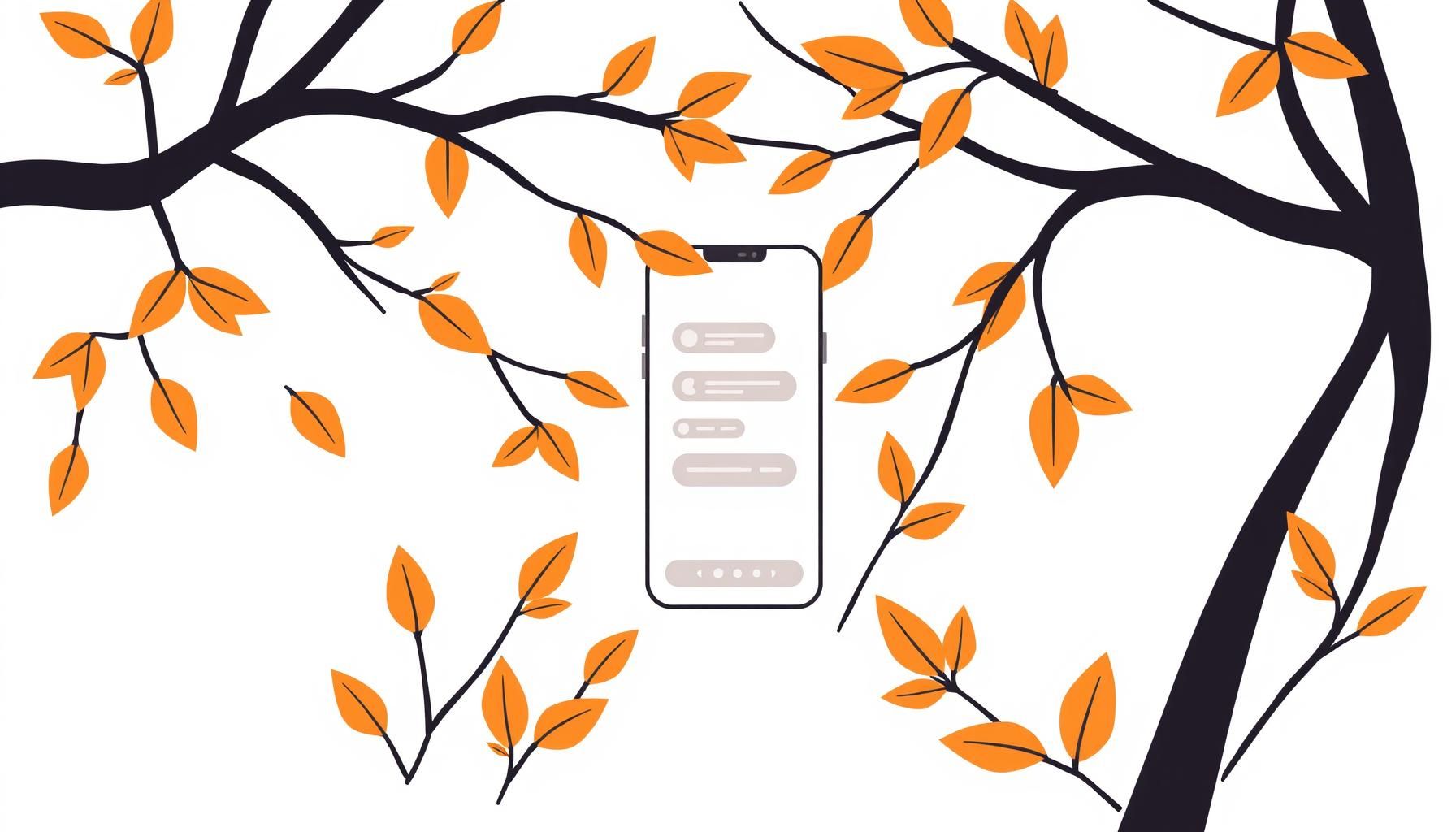
It’s one of those late-summer days where the air feels sticky but the sky refuses to cloud, and you just know the kids are launching into the next big exploration phase! ChatGPT and AI tools surge into classrooms like sudden summer rain – exciting but needing personal umbrellas of guidance.
What Homework Risks Does AI Pose for Kids?

Last week, my daughter tripped up while excitedly testing AI-generated math answers. It made me realize how homework loses meaning when kids jump straight to AI ‘shortcuts’. The magic of figuring things out together – like discovering why 1/3 isn’t 0.33 – disappears. Kids learn resilience through wrong answers. One-on-one checks with tools like Photomath for post-homework corrections keep learning alive and meaningful.
How Can AI Leak Your Child’s Private Data?

Here’s the unfiltered truth: AI models sometimes store training data. That cool poem they wrote in class? Just like sharing secret playground handshake details online. I started practicing ‘digital spring cleaning’ – regularly checking AI memories with my kid. While grabbing bingsu at our neighborhood store, we discovered simple privacy lever turns: no family info in queries, no selfies in prompts, and occasional common sense tech timeouts. The internet becomes less spooky when we approach it like sorting socks – every interaction gets regular ‘checkups’.
Why Is Fact-Checking AI Output Crucial for Kids?

Found a perfect example during our recent family night hiking trip when AI said earthworms play soccer! Fact-checking becomes our secret outdoor game – like pokemon Go for digital detective skills. We now use Snopes for real-family detective parties. It’s awesome seeing my daughter’s eyes light up when she catches AI fibs about ‘math proof by strawberry pattern.’ Those moments create critical thinking superstars without formal lessons!
Can AI Truly Support Kids’ Emotional Needs?

When my daughter recently confided in me rather than AI about school pressures, it confirmed something important. AI reacts with programmed patterns, but nothing replaces the warmth of discussing anxieties over homemade kimchi stew after school. Our secret technique? We let AI handle technical facts, but use built-in family time what-if questions: ‘If earthworms learned to teleport… then switch to real-life connections. Tech hasn’t dimmed our heartfelt chats – in fact, sorting AI emotions from reality created new inside jokes!
Emotional AI Letdowns
Stay alert about dropped emotional context like when trying NextPit Emotional AI features Pro tip – they often fail sibling relationship re-creations. Once, it suggested telling little brothers they’re ‘virus programs’ – classic AI meme comprehension gap! Focus on developing real emotional intelligence through playful debate starters like, ‘Why strawberries work better than AI in emergencies.’ Debate nights keep our dinner table alive, discourage tech overreliance, and teach valuable social aptitude.
Screen Time Balance
4.3 hours daily screen time for kids under 12 feels like seeing technology bloom without petals in our backyard. Maintain physicality through AI-guided park scavenger hunts – let AI create pirate treasure maps but we use actual pinecones for X-marks. PTA meetings shared favorite Common Sense Media usage tracking. Find the personal version that works for your family’s rhythm without losing those spontaneous sidewalk chalk moments AI can’t capture.
Future Job Anxiety Mitigation
AI changes our career conversations rather than causes panic. My daughter’s wild dreams of becoming an ‘earthworm soccer coach’ now include technical elements like designing AI-enhanced soccer fields. Funny! Yet it sparks childcare innovation. Current World Wide Skill Set data suggests 74% kids with early AI literacy programs excel in ethical leadership roles, paralleling increased family board game strategies using AI-optimized rules.
Unexpected AI Benefits
While chasing squirrels in our park yesterday, I realized AI helps my daughter craft better riddles. The City Park riddle contest entry about AI malignant cycle theories disguised as playground equipment surprised even us. Her classroom story hour AI-generated fairy tales need editing, but show fresh creativity. Find those intersection points where AI sparks unexpected connections in everyday family moments.
Actionable Takeaway
5 practical lifelines: 1) Use AI-generated stories during pancake making for creativity infusion 2) Practice AI avoidance days for treehouse building initiatives 3) Turn fact-checking into family three-legged races 4) Try AI playground design suggestions with real-life obstacle understanding 5) Maintain laughter quotient through AI meme comprehension gaps. Our personal benchmark – more high-fives than error messages during homework time. Remember to prioritize actual fireworks over digital sparks during these formative years.
Source: ChatGPT in Everyday Life: 5 Risks to Look Out For, Nextpit, 2025-08-14 11:00:00
